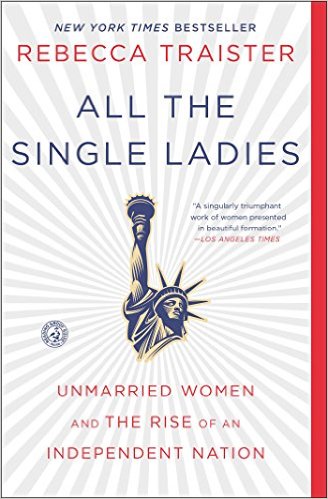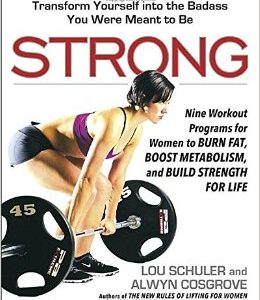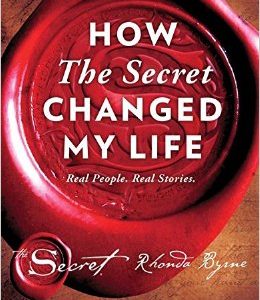Description
In 1960, more than half of Americans were married to heterosexual partners before reaching the age of 30. That statistic has dramatically reversed in the years that followed, with only 20 percent reaching that same milestone in the present decade. Traister traces the roots of this phenomenon much further back, from 1960, and demonstrates how single women have typically made the decision to marry later or not marry at all when given advantages such as education and career options. The understanding of how single women affect politics and social change is startling to say the least, and young women will find clarification and confirmation in this read. Being single is not a failure, nor is it a death sentence. Media outlets and politicians are often the source of urging women toward heterosexual marriage. Even though this push is typically intended to subjugate women, the book does not condemn the institution of marriage; in fact, the author makes the opposite case. Marriage should be an informed choice, Traister argues, and it should not mean giving up on dreams or aspirations. By weaving anecdotes with detailed research (source information as well as updates on the profiled women are provided), this volume will draw in young adults and help them comprehend the quiet and steady evolution that women have been spearheading for quite some time. VERDICT A stand-out, empowering selection providing substantive research; for general readers as well as those with an interest in feminism and social justice issues.—April Sanders, Spring Hill College, Mobile, AL –This text refers to an out of print or unavailable edition of this title.




